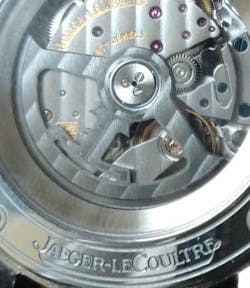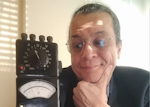Lately, events have swept us up in such a way that many people are losing track of time, yet time is more important to our lives than ever before. Working from home, one day blurs into another, but the core technologies enabling us to do so are all reliant on time accuracy to function. It’s interesting that a function, the knowledge of accurate time, has morphed over time from a highly-specialized aspect of society to a commodity that everyone takes for granted.
One could make the argument that humanity’s knowledge and use of time is the aspect of our lives that make us different from animals. We use time to tell us when to work, when to take a break, when to plant crops, and a host of other purposes both known and unknown. Yet the ability to tell accurate time is only about as old as organized science itself.
Defining time
The first natural philosophers (what they called scientists in the old-timey days) and engineers were often also horological developers, as accurate timing is critical to both science and society. Either they were working on timepieces for their own sake, or because they needed accurate timing for some other important purpose. In fact, without the knowledge of accurate time, you can’t usefully do science stuff like accurately recording measurements over precise intervals.
Ripple effects
These increases in mechanical precision not only created more-accurate measurement of time, it also laid the foundation for our mechanized society. The transition from mechanical to electronic timekeeping, known in watch circles as the “quartz crisis,” was also another sign of the timekeeping industry leading the world. Initially implemented in defense systems using the tuning-fork-based electronically-driven Bulova Accutron, electronic timepieces demonstrated the ability to interface with logic systems in ways that are only now being completely exploited.
In order to ensure an area keeps accurate time, you need a central location that knows the time and can transmit a regular time check to all interested parties. Once upon a time, that was the clock tower in the center of town, which had its own keeper/engineer. It rang a bell on the hour (and sometimes on the half- and quarter-hour), letting all who could hear the “official” time. Usually that meant setting your watch when you heard the bell.
Ubiquitous time
Today we are literally awash in time. Without even going to onboard timing chips, oscillators, and crystals, one can get the time remotely from multiple sources today. There is the venerable RF-based time signal sent by observatories around the world; there is the alternating-current waveform reference, for example 50 Hertz in Germany and 60 Hertz in the USA, and there is the GPS signal streaming down from the heavens. However, for precision applications, jitter, lag, and latency make those solutions nonviable if true accuracy is desired.
Today there are several ways to measure time at the board level, enabling accurate and precise operation of systems in a multi-modal and -nodal world, from a simple timer to an atomic-clock SoC. Proper selection of the right way to generate, measure, and apply time information is not only a performance issue, it is a bill-of-materials and cost-effectiveness issue as well. Determining the proper level of timing accuracy also establishes a performance baseline for the system, so choose wisely.


